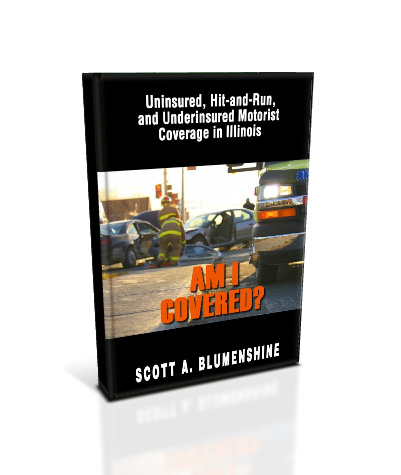Earlier this year, a police officer suffered multiple bone fractures in his face, leg, and ankle after being crashed into by a truck driving the wrong way on the highway. The officer survived, but according to a news report, he “has many surgeries ahead of him.” This indicates the breaks were severe and will need more than a simple cast to repair them.
Common injuries during Chicago winters are broken legs and wrists due to people slipping on icy walkway surfaces. When people slip, they typically put their hands out to try and break the fall - this often results in a broken wrist or broken hand bones. Leaving the emergency room with only a cast may seem like a victory when many such injuries require surgery and weeks or months of rehabilitation.
Five Bones Commonly Broken in Accidents
The body has a total of 206 bones. Out of these numbers, five are broken more often than any others.
- Ankle: This is the most commonly broken bone in the body. The break can happen in almost any accident: car wreck, slip and fall on ice or other slippery items on a walkway, trip and fall over uneven sidewalks, falling in a retail store when there are objects blocking the aisle, and more. Treatment ranges from a cast to surgery with the insertion of screws or pins.
- Arm: It is the second most common bone broken in childhood injuries. Half of all adult bones that are broken are arms. Broken arms, whether the upper arm (humerus) or one of the two bones in the lower arm (radius and ulna), often take weeks or months to heal. Some never heal completely, so mobility and usefulness are impaired forever.
- Clavicle: This is commonly referred to as the collarbone and is the bone that attaches the arm to the rest of the body. It is found on the front of the body, just below the neck, and runs from the shoulder to the sternum. This bone is easily broken in fall-down incidents and on impact with a steering wheel in a car crash. Treatment ranges from immobilizing the arm in a sling to surgery requiring plates and screws to hold the bone in place while it heals.
- Wrist: In addition to the ways already mentioned, wrists are often broken in fall-down or trip injuries. Broken wrists often lead to chronic arthritis because it is in the joint.
- Hip: Hips are most often broken in falls and are the most frequently bones broken in people over 65. Actually, a broken hip can lead to death. Healing, even after surgery, is often incomplete and a person may need to use a cane or walker for the remainder of their life, a life which is also spent in pain.
Joints Damaged in Accidents
Even if a bone is not broken, joint injuries can cause severe pain and disability. Quite often people believe, and hope, that their symptoms will pass with time. Although that may be true with minor muscle pain, severe injuries to the ligaments or cartilage often requires intensive medical intervention.
A common example of a severe joint injury that does not involve a bone fracture is a rotator cuff tear in the shoulder. This is an extremely painful condition that can render people nearly unable to use their arms. Another common, but often overlooked, injury that occurs in car collisions is damage to the sacroiliac joint. This is the joint at the base of the spine that connects the spine to the pelvis and supports the weight of the entire body when a person is standing upright. The sacroiliac joint is damaged in the same type of accident that can cause whiplash, which is an injury to the soft tissue in the neck or to the cervical spine.
These injuries often occur in accidents that seem minor. For example, when a car is stopped at a red light and another car hits it from behind, the jarring motion which sends the body rapidly forward and then rapidly backward can damage the sacroiliac joint or even break it. “Fender-benders” or “low-impact” accidents are common culprits of such injuries.
Obtaining Compensation for Your Injuries
Unfortunately, a broken bone or damaged joint can result in extensive medical bills, loss of wages due to time off of work, and a long-term need for physical rehabilitation. If this happened to you, you may even need vocational retraining if the injury is so severe you are unable to return to work in your former occupation.
The law provides a remedy for those who are injured due to negligence. Your injuries are legal “damages” for which you may be entitled to compensation under our legal system.
If your injury was caused by the negligence of a corporation or another person, whether a driver of a vehicle, a retail store owner, an operator of a restaurant, or any other entity or individual person who has a duty to provide you a safe environment, contact one of our Chicago broken bone attorneys at the Blumenshine Law Group for a free consultation (312)766-1000 or email at [email protected].


